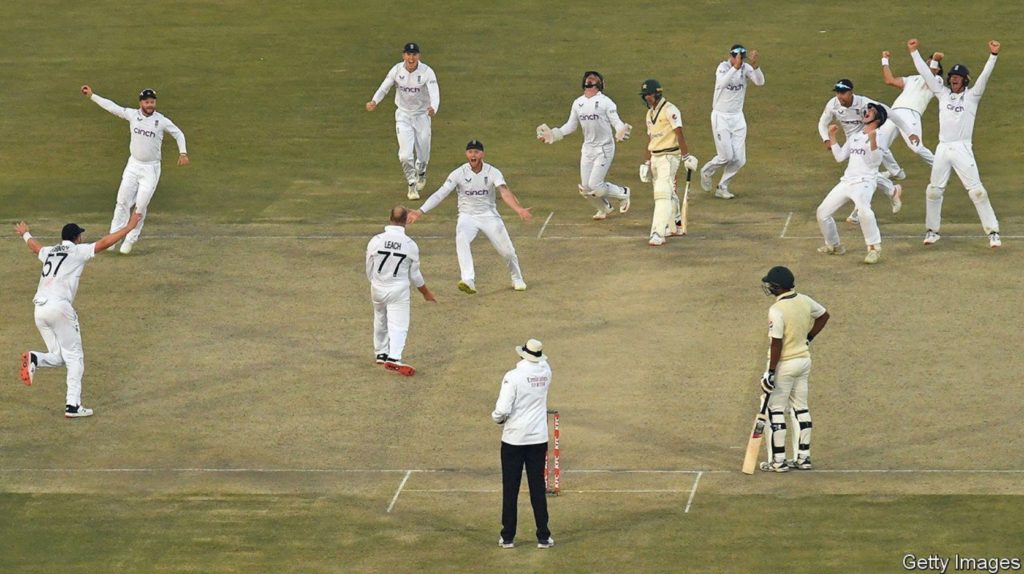Cricket test matches are the longest format of the sport, and they are the ones that attract ‘purists’. It is simply a first-class sport that is played on a global scale based on the original laws.
The original two nations participating in test cricket in the 1870s have grown to include other countries with test status from around the world. In modern times, it features more international competition, but, compared to limited-overs matches, the key difference is the length of the match.
How Test Cricket Works: Rules

Cricket Test matches generally last five days and features two teams playing against each other. Official test teams are the only ones eligible to compete.
As many runs as possible must be scored by each side throughout the two innings they get to play each other.
There is no innings limit for those games, unlike One Day Cricket and Twenty20. An innings will usually end when a team has dismissed ten batsmen since each team has ten wickets to play with. If the captain of the batting side believes that enough runs have been scored to force a draw, however, the innings may be declared.
Test cricket differs from the limited-overs formats in another area as well: the intended goal is to score more runs than the opposition. The side batting last will win the match if they beat the opposition score without losing all their wickets. That bowling side will win if each of those ten wickets is taken before the target is reached.
A draw is declared, however, if the total is not reached and as many wickets as possible are intact when play is over.
Cricket test matches last for how long?
Up to five days are traditionally spent playing test matches. It has occasionally happened that games are ‘timeless’ and can only be concluded when they have run their natural course.
Occasionally, test matches have been played over four days in the modern era. Strong nations will usually face weaker sides when they play each other. Test matches usually last five days, however.
For each day of play, 90 overs must be set aside. The two competing teams will play two innings each. An innings ends when half of the team’s wickets have been lost or when the captain declares it at any stage.
A first-class match has four outcomes – winning for either team, drawing and losing. Since the beginning of test match cricket 150 years ago, only two ties have ever occurred.
A team wins when it passes their opponent’s score in their second innings or loses all their wickets below the target. During timeouts, the team still holding wickets at the point of drawing the match is declared the winner.
Test-Status Countries
By 2021, the International Cricket Council will recognize 12 countries as full test states. They include:
- England
- Australia
- Pakistan
- India
- south Africa
- New Zealand
- Bangladesh
- Sri Lanka
- Zimbabwe
- West Indies
- Afghanistan
- Ireland